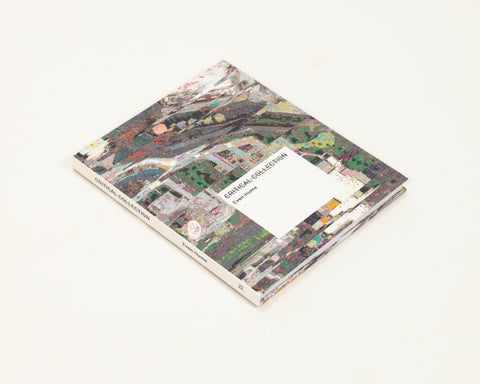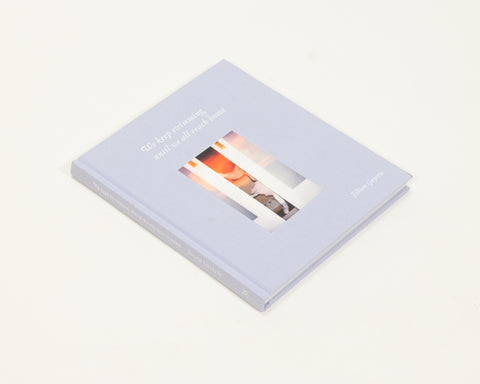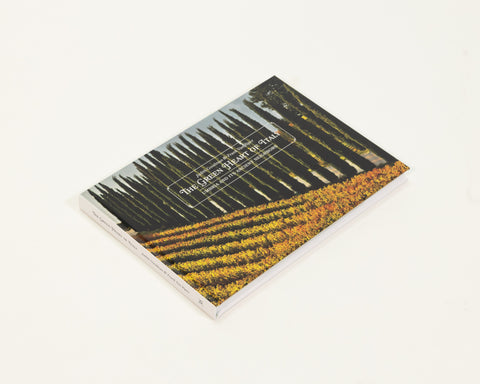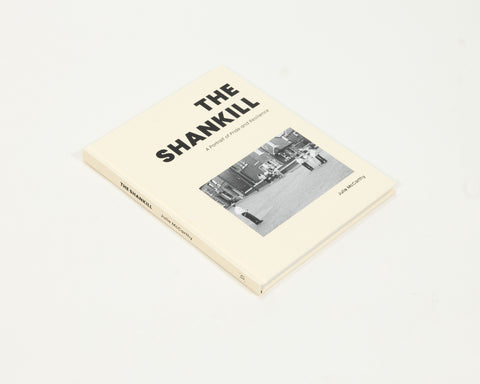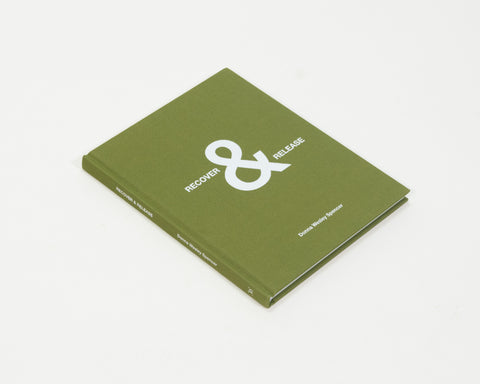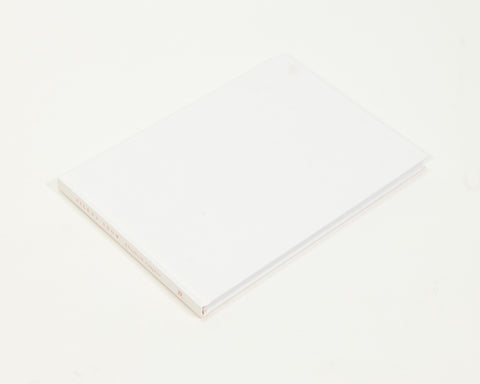In a country where the sole possession a camera can jeopardise the bearer's integrity, being a photojournalist is not only an act of resistance but also one of faith. Faith in that the acknowledgement of such a situation by a wider audience will somehow improve it. In that by showing it to the world, capturing it in a still frame, it might become less real, less dangerous. As in a place far away from the witness.
This, however, certainly almost never happens. In fact, the situations and scenes that are usually depicted by the five Guatemalan photographers whose work is on display, fill the newspaper's pages as much as the citizens' nightmares with sights of death and sorrow. And yet, it has to be done. History, visual history, cannot but help us understand better; it makes us stop, reflect, and ask ourselves what is there to do about it. Perhaps it even makes us understand that society, and the other, is also our business. What usually happens is that, because of a constant bombardment of visual production from about every aspect of daily life, these images often loose their primary objective. Instead of denouncing atrocious stories, they become mere illustrations to which jaded eyes pay little or no attention.
In a small but sharp exhibition curated by Cuban specialist Valia Garzón and presented at the Centro Cultural de España in Guatemala City, photography has been removed form the newspapers' and magazines' pages and displayed together in a attempt to make of these five readings of Guatemala's past and present, a sensible account of what has been happening to this poignant Central American country over the last 30 years. Indeed, Rolando González's work refers to the civil war that thrashed the country for over three decades while Doriam Morales presents in an up-close and personal way, that violence that has, once again, taken the country to its knees over the last few years. In that way, some of the indifference that has slipped into their reading by its constant presence on the local media has been re-presented to the same daily viewers. The refreshing setting thus renewing the images' effectiveness.
Other works in the exhibition include: Jesus Alfonso's investigation on the cult to the hybrid Maximón saint, Emerson Díaz's depiction of the children that live and work in the city dump and Moisés Castillo's portrait of pain and catastrophe.
As Garzón states in her introductory essay, being a photojournalist in Guatemala requires not only technical expertise but also enough cold blood to capture a reality marked by violence and pain. Further, the images are captivating and convincing, and for these reasons, the craftsmen of the daily image deserve recognition and the acknowledgement that the truth they provide is essential to understanding a country's reality. In addition they remind us of that decisive moment on which photography once poured its foundations.
'La mirada constante' is on view through November at the Centro Cultural de España in Guatemala City, Guatemala
![Doriam Morales, From the series 'Violencia en Guatemala' [Violence in Guatemala], 2007-2008 Doriam Morales, From the series 'Violencia en Guatemala' [Violence in Guatemala], 2007-2008](https://s3.amazonaws.com/daylightbooks.org/blog/Asesinatos_en_Guatemala2.jpg)
![Doriam Morales, From the series 'Violencia en Guatemala' [Violence in Guatemala], 2007-2008 Doriam Morales, From the series 'Violencia en Guatemala' [Violence in Guatemala], 2007-2008](https://s3.amazonaws.com/daylightbooks.org/blog/Asesinatos_en_Guatemala17.jpg)
![Emerson Diaz, From the series 'Haces de inocencia' [Beams of Innocence], 2007 Emerson Diaz, From the series 'Haces de inocencia' [Beams of Innocence], 2007](https://s3.amazonaws.com/daylightbooks.org/blog/SG4E0432.jpg)
![Emerson Diaz, From the series 'Haces de inocencia' [Beams of Innocence], 2007 Emerson Diaz, From the series 'Haces de inocencia' [Beams of Innocence], 2007](https://s3.amazonaws.com/daylightbooks.org/blog/SG4E0513.jpg)
![Jesus Alfonso, From the series 'Entre la fe y el pecado' [Between Faith and Sin], 2001-2006 Jesus Alfonso, From the series 'Entre la fe y el pecado' [Between Faith and Sin], 2001-2006](https://s3.amazonaws.com/daylightbooks.org/blog/San-Simon02_web_1.jpg)
![Jesus Alfonso, From the series 'Entre la fe y el pecado' [Between Faith and Sin], 2001-2006 Jesus Alfonso, From the series 'Entre la fe y el pecado' [Between Faith and Sin], 2001-2006](https://s3.amazonaws.com/daylightbooks.org/blog/San-Simon03_web.jpg)
